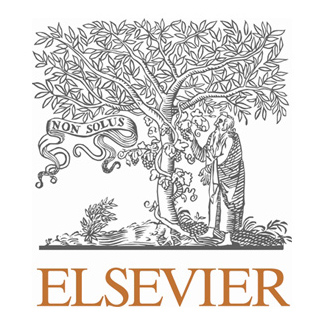
During the study, left- and right-handed participants were asked to reach first toward a pair of targets with both hands at the same time and immediately afterwards, toward a new single target with only their closest hand. Experts gave the subjects a short vibratory pulse just before they began the reach. The pulse was given on one of their hands, so they were offered a clue about where the new target would appear, and hence which hand should perform this second portion of the reach.
In a small proportion of trials, the pulse was also given to the wrong hand, which meant that subjects had to restrain the reach with this incorrectly-cued hand in order to make the reach with the correct hand. Gavin Buckingham, a postdoctoral researcher at the Centre for Brain and Mind at the University of Western Ontario in Canada, and colleagues noted that right-handed subjects had far greater trouble dealing with this incorrect cue when it was given to their right hands.
So right-handers possibly ended up making more mistakes and took longer to successfully inhibit the reaches, almost as if the right hand was already pre-selected to carry on during the bimanual reach. The left-handed subjects reportedly had no such asymmetries. Hence, they appeared less inherently biased to select one hand over the other. In conclusion, it was asserted that right-handers have their attention largely directed at their right hands during bimanual tasks.
The study will be published in the April 2011 issue of Elsevier’s Cortex.
